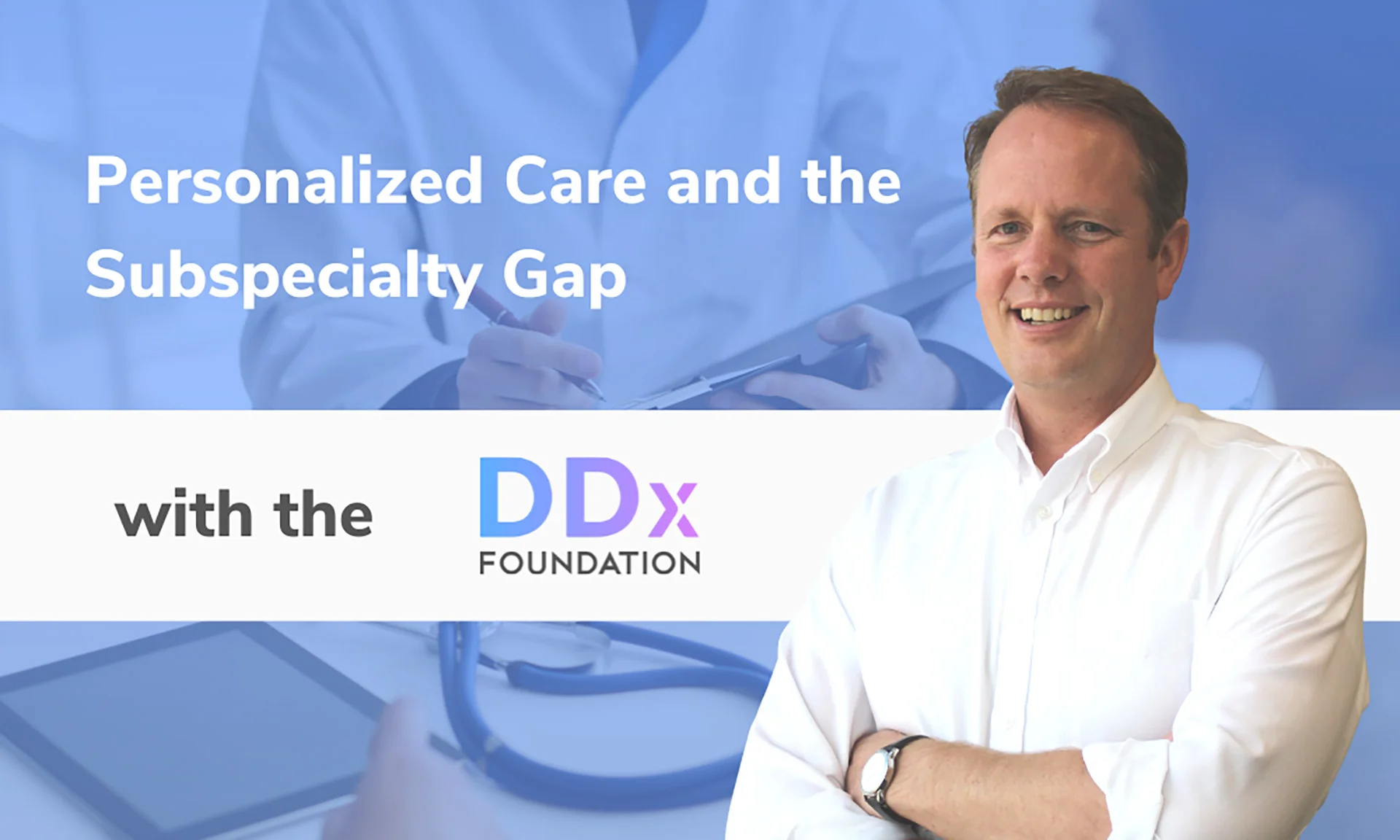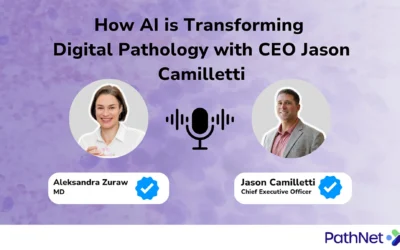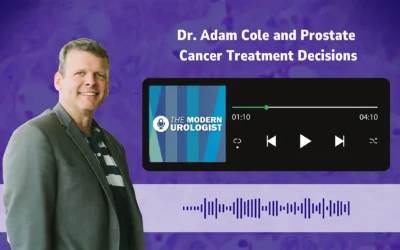As a 3rd year medical student, I’ll never forget my first night call with the surgery residents. I vividly remember our chief resident proudly proclaiming to the fresh crop of med students that he would be able to tell by the end of the week whether we were destined for a specialty in surgery or internal medicine.
In his mind, the world of medicine was clearly divided. You were destined to become one or the other. You were either a “see the problem, get in, and fix it kind of person”, or you “just sat around and managed chronic problems with pills, until the patient dies”. (He also claimed that radiologists and pathologists were just “glorified techs”).
While I don’t fully agree with his clear-cut views of the world, we must admit that there is a real divide between medical and surgical sub-specialties, which at times creates problems when a patient may actually need multiple specialists.
The explosion of biomedical information has created an increasingly fragmented healthcare delivery system. As individual physicians work to close gaps in their own highly specialized fund of knowledge, the divisions between those sub-specialists grow in ways that complicate patient care. The problems created by this “subspecialty divide” are readily manifest in cancer care. For example, a man with advanced prostate cancer may be evaluated and treated by 5 or 6 different types of physicians, and have his bio-specimens analyzed in 4 or more different laboratories. As patients navigate their journey from specialist to sub-specialist, gaps in communication and coordination plague the system. These gaps unintentionally hurt patients along the way.
We, healthcare providers, are very much aware of this flaw in our system. It’s the reason that in large healthcare systems, we attend tumor boards. Yet, most patients don’t receive their care in integrated healthcare systems, rather choosing to stay close to “home.” In most communities, the luxury of bringing all of the necessary specialists together to discuss each patient’s care isn’t a practical reality.
So, how do we bridge the subspecialty divide?
I believe it’s about improving our systems for data sharing and getting physicians onto standardized technology platforms. We need to find ways to seamlessly share data between different community healthcare practices. In order to take the next leap forward in personalized cancer care, we need to build better data-sharing systems between different community-based sub-specialists.
As a pathologist, it is my job to help patients and their doctors to make informed decisions. I do this by extracting every piece of information I can from patients’ bio-materials. If in the course of my examination of a patient’s surgical specimen I choose to do a molecular diagnostic workup, indicating that the patient qualifies for a new targeted medical oncology therapy, how do I ensure that the patient will be able to access the new therapy? I worry that some patients get lost in the gaps of the subspecialty divide.
As doctors, we need to recognize the danger of these gaps in a quickly advancing environment. It is our responsibility to get critical information to the right providers in a timely manner. To achieve the promise of personalized oncology care in our community-based practices, we need to work together to build digital bridges that will enable us to seamlessly exchange time-critical data, and thereby close the subspecialty divide.




